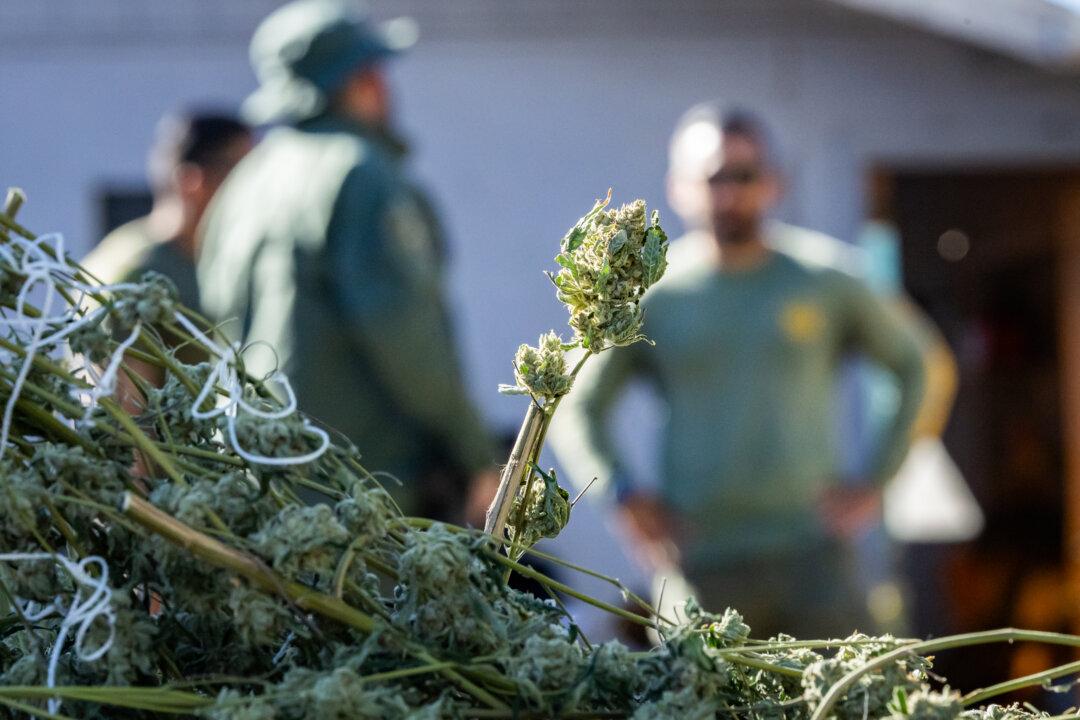A sanitized, “hyper-political” lesson on the Black Panthers at a San Diego high school presents a narrow view of American history and gives students a one-sided perspective of the militant black nationalist group, a former teacher and a parent claim.
“It’s deeply political,” Becca Williams, a former charter school teacher, told The Epoch Times. “It is historical, but the subject matter is political and it’s a very one-sided portrait of history.”





